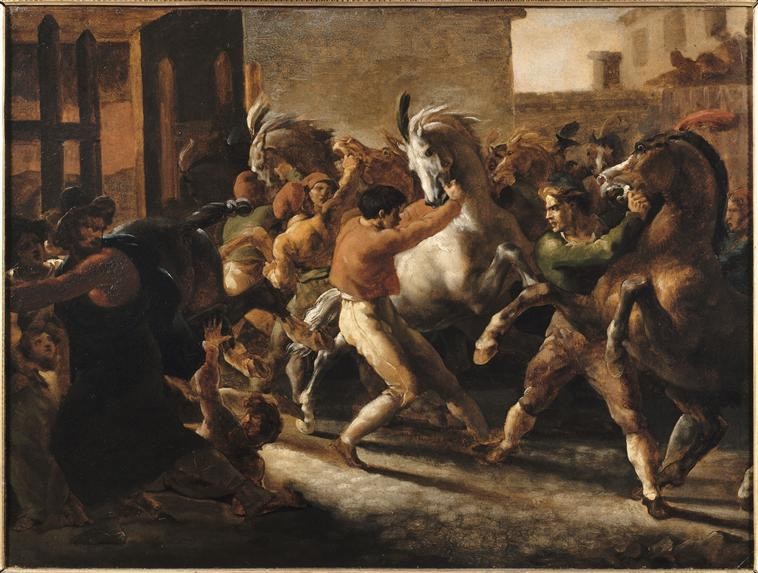Last May, the Musée de la Vie romantique launched Les chevaux de Géricault-an exhibition celebrating the life and works of influential Romantic painter, Theodore Théodore Géricault, by focusing on his favorite subject, the horse. The show displays around a hundred paintings, many of which, it turns out, are of questionable origin.
Journalist Didier Rykner was quick to sound the alarm. As soon as the exhibition opened on May 15, he told La Tribune de l'art: "Many of these 'discoveries' are far from convincing, to put it mildly. Géricault is a brilliant artist, everyone agrees. Many of these works are mediocre at best."

The Musée de la Vie romantique boasts of the paintings and drawings loaned from private collections and galleries, which make up a third of the exhibition. Most of these are unpublished, and are not found in any of Gericault's catalogues raisonnés. Despite that, the museum's art historian, Géricault expert Bruno Chenique, attributes them to the master.
Géricault specialist Philippe Grunchec, on whom major houses rely for authentication, disagrees with Chenique's judgment, saying: "Except for one or two cases, which may be open for discussion, they are all copies, generally of low quality, inspired by the artist's paintings or engravings."
One painting originally catalogued as having been painted in the style of Géricault was presented as an original. Half a dozen were sold at auctions as works by "followers of Géricault," and one had an opening price of a mere €500.
The drawings in particular drew much criticism. "Géricault's drawing is all curves, without lifting his pen or pencil. This drawing is full of hesitation, short straight lines. It's very rough," said Paris dealer Nicolas Schwed about Study of Horses and Riders for Review by Louis XVIII.
Daniel Marchesseau, former director of the Musée de la Vie romantique, has also expressed his disappointment: "Neither the exhibition nor the catalog meet the rigorous criteria expected of an establishment where precision and accuracy of transmission elements are the intangible rule."